How to Prevent the Summer Slide and Help Reduce Educational Inequality
Waterford
MAY 11, 2020
Because at-risk students don’t always have educational resources over the summer, they are particularly vulnerable to losing knowledge gained over the school year. If possible, provide a few educational activities or resources for at-risk kids to use during the break.[6]




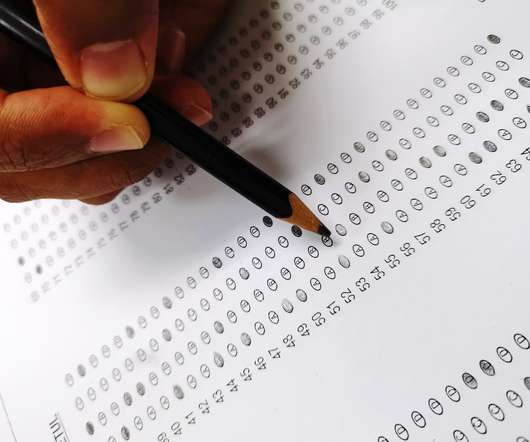


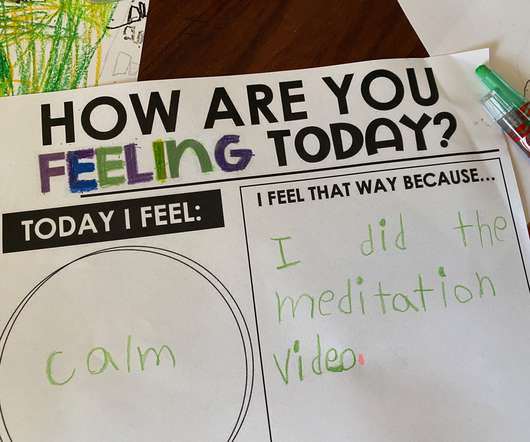


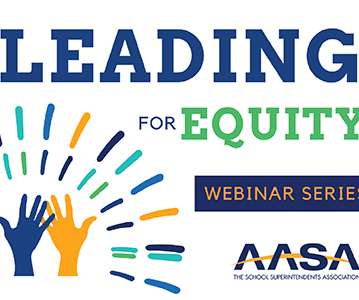
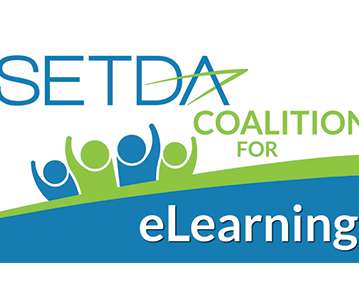










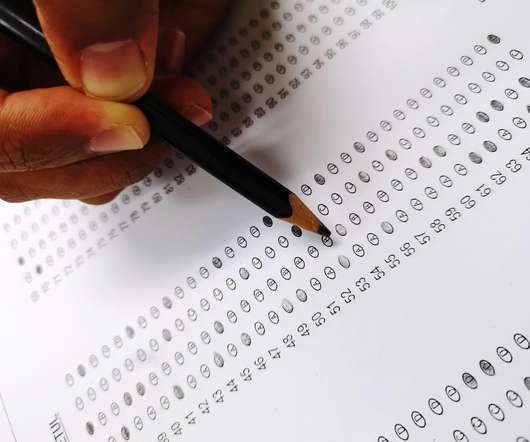

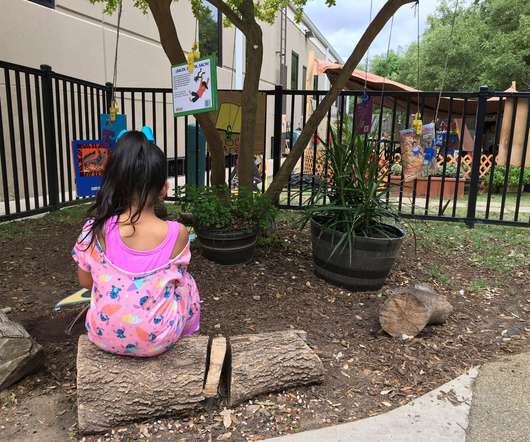










Let's personalize your content